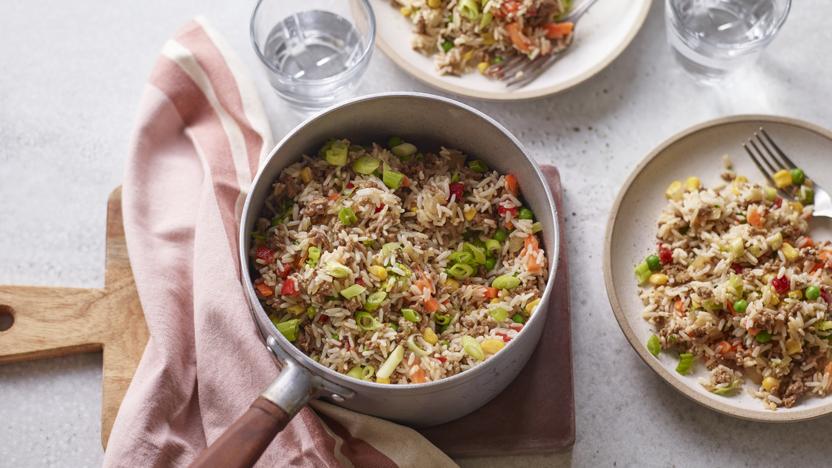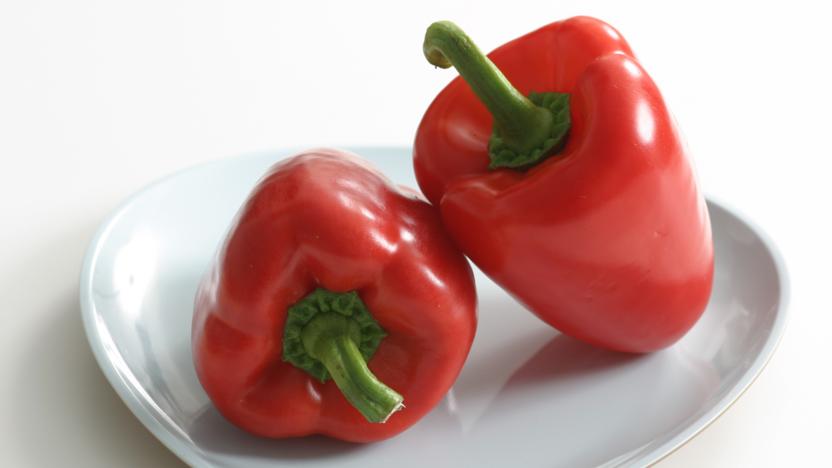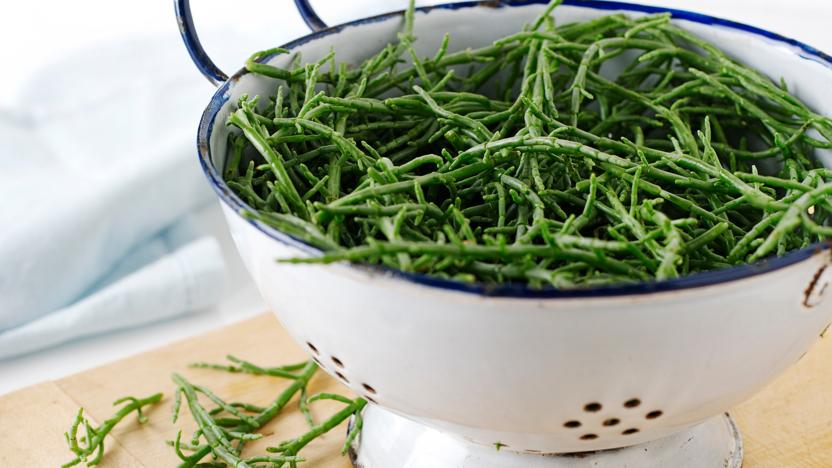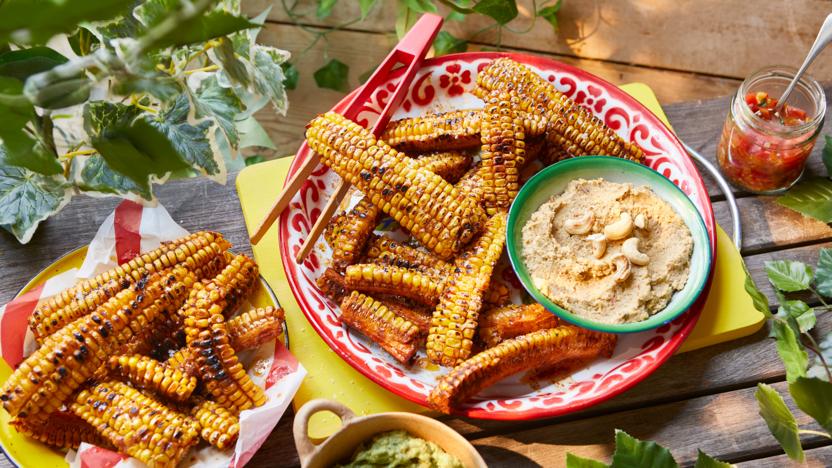Vegetables recipes
Vegetables can be broken down into the following groups: bulbs, funghi, leafy greens and brassicas, pods and seeds, roots and tubers, squashes, stalks and shoots, and vegetable fruits.
These roasted root vegetables are a delicious and healthy alternative to roast potatoes for your Sunday lunch.
This dish when served as four portions provides 161 kcal, 4g protein, 20g carbohydrate (of which 15g sugars), 7g fat (of which 1g saturates), 13g fibre and 0.3g salt per portion.
More vegetables recipes
Buyer's guide
Look for crisp vegetables with brightly coloured leaves. Go for firm skins and unblemished flesh (but remember, organic produce often doesn't look pristine). Avoid vegetables with brown patches, wilted or slimy leaves, bruised or pulpy flesh. But don't be put off by odd-shaped vegetables - sometimes these can be the tastiest.
Food harvested in its natural season and environment has a depth of flavour that surpasses anything that's travelled far or been grown out of season. The price of mid-season vegetables is lower too - particularly if bought at your local street market. Seasonal foods also tend to suit the mood; roasted root vegetables are comforting in winter and herby salads perfect in summer. Purchasing locally grown, in-season vegetables also greatly reduces the environmental cost and helps support local producers.
The organic movement has grown in popularity since it began. Organic agriculture does not use artificial fertilisers and pesticides; farmers use traditional methods such as crop rotation and natural fertilisers. However, organic food is generally more expensive then non-organic produce. The organic produce sold in Britain is often imported, adding to the environmental impact of 'food miles'.
The bigger supermarkets have specific organic sections; most stock prepared salads, speciality vegetables and frozen organic vegetables, as well as the basics. Many specialist organic shops and health-food shops sell fresh organic produce, and hundreds of smaller British growers sell direct through box schemes and farmers' markets. When buying organic, look for the logo of the Soil Association or other certifying bodies.
Storage
Most salad vegetables will keep for a week in the salad drawer of the fridge, but tomatoes shouldn't be kept in the fridge or their texture will suffer. Root vegetables and squashes will keep for a week or two in a vegetable rack in a cold, dark place but can keep for many weeks if stored properly. Keep strong-smelling vegetables such as onions and leeks away from other foods. Remove tightly wrapped packaging and store the vegetables loose. Store cut vegetables in the fridge.
Freezing doesn't preserve food indefinitely, but frozen vegetables will keep for up to six months. For best results, arrange the prepared vegetables on a large tray and freeze for a few hours until solid. Transfer to a freezer bag - extract as much air as you can using a straw, tie securely and label. Alternatively, pre-cook your vegetables before freezing. Prepare as if you were going to eat it straightaway then blanch quickly for 1-2 minutes in boiling salted water - this stops enzyme activity - but take care not to overcook. Refresh for a few seconds under running cold water, then leave to go completely cold. Bag, seal and label as above. This method works particularly well for French beans, broad beans, peas and broccoli.
Preparation
Vegetables are extremely versatile; most can be eaten raw, and they can be cooked by virtually every method. All vegetables should be washed thoroughly before use, to remove dirt and traces of pesticides. Peeling vegetables is an easy way to remove surface dirt or germs, but don't peel too thickly because many nutrients are stored just below the skin. Some organic vegetables can be treated to a good scrub and do not require peeling.
How long you cook vegetables for is really down to personal taste - but bear in mind that the longer you cook them the more nutrients will be lost. Nowadays most people prefer to cook vegetables lightly, leaving them brightly coloured with a little 'bite'. As a general guide, most leafy greens, brassicas, pods and seeds and stalks and shoots will take about 3-5 minutes to boil, about twice as long to steam. Roots, tubers and squashes (but not courgettes, which cook very quickly) will normally take 10-20 minutes to boil, depending on their size, and slightly longer to steam.
Check to see if vegetables are done by piercing them with a knife or tasting them. Drain them and serve at once. If you want to serve them later, plunge them into cold water to stop them from cooking further then cook again very briefly in boiling water when you're ready to serve.
Because of their natural sweetness many vegetables are used in desserts, for example carrot cake and pumpkin pie.












































